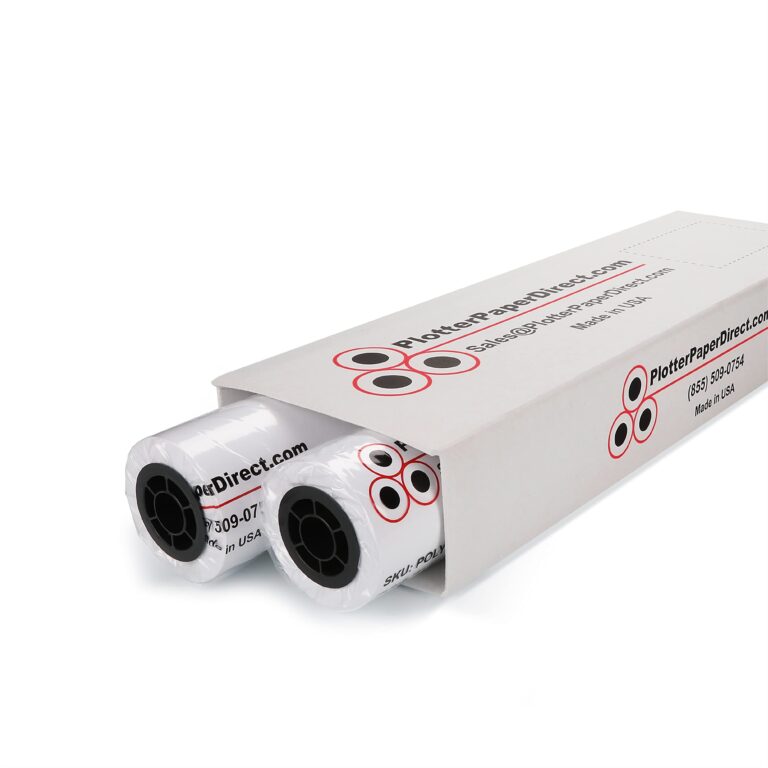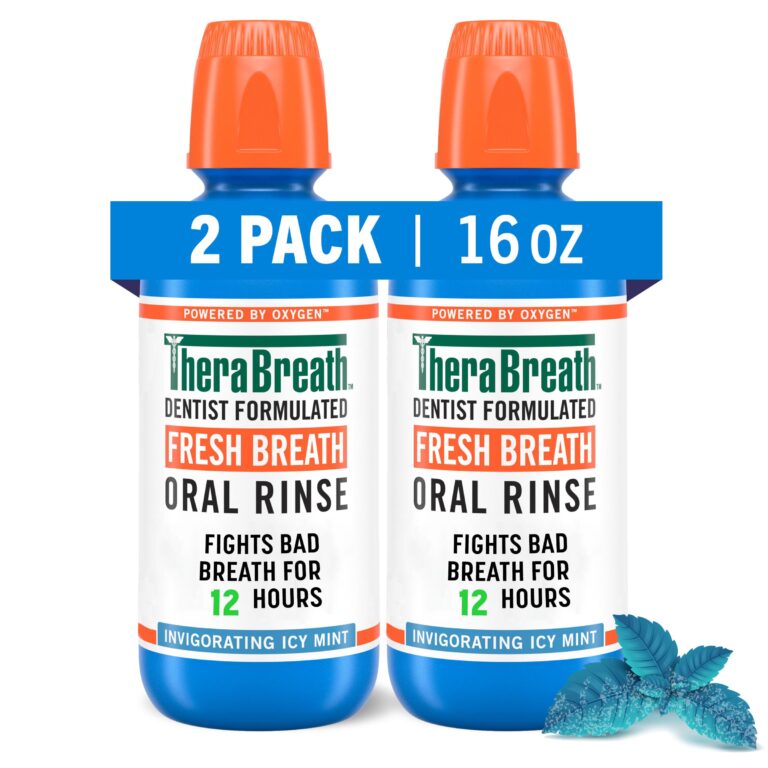Tattoo swelling refers to the inflammation and puffiness that can occur around a new tattoo as a natural response from the body. This reaction is part of the healing process and is typically due to the immune system responding to the trauma caused by the tattoo needles.
Swelling is a common reaction that can vary based on several factors, including the size and location of the tattoo, skin type, and individual immune response.
Understanding the causes of tattoo swelling and how to manage it effectively can significantly enhance your healing experience.
In this guide, we will explore the reasons behind tattoo swelling, effective management techniques, and tips for ensuring your tattoo heals properly.
Understanding Tattoo Swelling

Tattoo swelling is a common reaction to the trauma of getting inked, often occurring immediately after the session and lasting from a few hours to a couple of days.
This swelling may result from your body sending blood and fluids to the area to repair tissue and prevent infection.
The degree of swelling may vary based on factors such as the size of the tattoo, its location on your body, and your individual skin sensitivity.
The area may also feel warm or tender, which is normal.
To manage swelling, keeping the tattoo clean and following aftercare instructions is essential.
Elevating the area and applying a cool compress may provide relief.
Understanding this natural reaction may help you prepare for the healing journey of your tattoo.
Causes of Swelling

Swelling after getting a tattoo can stem from your body's natural healing response, but it might also signal an infection or allergic reaction.
Your aftercare practices play an essential role in how your skin reacts post-tattoo. Understanding these causes can help you manage any swelling effectively.
Body's Healing Response
When your body gets a tattoo, it may perceive the needles as an injury, triggering a natural healing response. This involves your immune system sending white blood cells to the area, which may cause inflammation and swelling.
As blood vessels dilate, more fluid may leak into surrounding tissues, resulting in visible swelling around the tattoo. This is a normal part of the healing process and indicates that your body is working to repair itself.
The damaged skin may also produce extra collagen, which may further exacerbate swelling for a few days, but is essential for proper healing.
During this time, your body may work to clear debris and prevent infection to ensure that your tattoo heals properly. Typically, this swelling may subside within a few days as the healing cycle completes.
Infection or Allergic Reaction
Unusual swelling after getting a tattoo may signal an infection or an allergic reaction. Key signs to watch for include:
- Redness that spreads beyond the tattoo area
- Pus or unusual discharge from the tattoo site
- Fever or chills accompanying the swelling
Infections may occur when bacteria enter the skin during the tattooing process. Increasing pain, warmth, or a foul odor may indicate an infection.
Allergic reactions may stem from the ink used in your tattoo, especially if you have a history of skin sensitivities, leading to swelling, itching, or hives.
It's crucial to differentiate between normal healing swelling and concerning symptoms. If you suspect an infection or severe allergic reaction, seeking medical attention promptly may be essential to prevent complications.
Always trust your instincts; if something feels wrong, consulting a healthcare professional may be advisable.
Tattoo Aftercare Practices
Proper tattoo aftercare may minimize swelling and promote healing. Always follow your tattoo artist's specific aftercare instructions.
Clean your tattoo gently with lukewarm water and a mild, fragrance-free soap, then pat it dry with a clean towel without rubbing.
After cleaning, you may apply a thin layer of a recommended ointment or moisturizer to keep the skin hydrated, which may reduce the risk of excessive swelling. Avoid heavy creams or those with alcohol, as they may irritate the skin.
Keep your tattoo covered with a breathable bandage for the first few hours, then let it air out while avoiding direct sunlight. Avoid soaking in water, such as baths or swimming pools, for at least two weeks.
Staying hydrated and eating a balanced diet may promote healing from the inside out. If you notice increased swelling or redness, it may be a sign of infection, so consult a professional.
What to Expect

When you get a tattoo, it's normal to experience some swelling, but knowing what to expect can help ease your mind.
You'll want to understand the typical swelling timeline and the factors that can influence how much you swell.
Plus, we'll share some effective tips to reduce that swelling for a smoother healing process.
Typical Swelling Timeline
Swelling is a normal reaction after getting a tattoo and typically follows this timeline:
- Day 1: Swelling may peak within the first 24 hours, with the area feeling puffy and possibly warm to the touch.
- Day 2-3: Swelling may start to subside, with some residual puffiness remaining. Discomfort may persist but should be manageable.
- Week 1: By the end of the first week, most swelling may have diminished. The tattoo may begin to scab and heal, so proper care is crucial during this time.
Factors Influencing Swelling
Swelling after getting a tattoo may occur due to several factors. The size and intricacy of the tattoo may cause more trauma to the skin, resulting in increased swelling.
Additionally, the location of the tattoo may impact swelling; areas with thinner skin, like the wrists or ankles, may swell more compared to thicker-skinned areas like the upper arm or thigh.
Your overall health and hydration levels may also influence swelling; dehydration or underlying health issues may lead to more pronounced swelling.
Lastly, proper aftercare is crucial; neglecting to keep the area clean or failing to apply recommended ointments may intensify swelling.
Being aware of these factors may help you manage your expectations and support your tattoo's healing process.
Tips for Reducing Swelling
To reduce swelling after getting a tattoo, consider these effective strategies:
- Apply a cold compress: Placing a clean, cool cloth or ice pack wrapped in a towel on the tattooed area for 10-15 minutes may help constrict blood vessels and minimize swelling.
- Stay hydrated: Drinking plenty of water may help flush out toxins and support your body's healing process, potentially reducing inflammation.
- Elevate the area: Keeping the tattooed area elevated above heart level may help reduce blood flow to the area, minimizing swelling.
Additionally, follow your tattoo artist's aftercare instructions closely.
Avoid tight clothing over the tattoo, and refrain from engaging in strenuous activities that may aggravate the area.
If swelling persists or worsens, consider consulting a healthcare professional.
These steps may significantly enhance your comfort and the overall appearance of your tattoo.
Managing Discomfort

When you get a tattoo, discomfort and swelling may occur. To alleviate these symptoms, apply a clean, cold compress to the tattooed area; this may reduce swelling and numb discomfort.
Avoid applying ice directly to your skin—wrap it in a cloth first.
Over-the-counter pain relievers like ibuprofen or acetaminophen may help manage pain. Follow the recommended dosage on the label and consult with your tattoo artist about suitable medications.
Keep the tattoo clean and avoid tight clothing that may irritate the area. If discomfort feels more intense than expected or persists, reach out to a healthcare professional for advice.
Staying hydrated may influence your body's response to the tattooing process. Drink plenty of water to help your skin recover.
Lastly, avoid scratching or picking at the tattoo, as this may cause further irritation and prolong discomfort.
Promoting Healing

To promote healing after getting a tattoo, follow these essential aftercare steps:
- Keep it clean: Gently wash the tattoo with mild soap and water. Avoid harsh chemicals and scrubbing too hard, as this may irritate the skin.
- Moisturize regularly: Apply a thin layer of fragrance-free ointment or specialized tattoo aftercare lotion to keep the skin hydrated.
- Avoid sun exposure: Protect your tattoo from direct sunlight, as UV rays may fade the ink and irritate healing skin.
Wearing loose clothing around the tattoo area may help prevent irritation.
Refrain from picking at scabs or peeling off flaking skin, as this may lead to scarring or infection.
Staying hydrated and maintaining a healthy diet may also aid the healing process.
By adhering to these steps, you may enhance your tattoo's healing and minimize swelling.
When to Seek Help

If your tattooed area becomes excessively swollen, you should seek help. While mild swelling is normal, persistent or worsening swelling after a few days may indicate a problem.
Sharp or throbbing pain may also suggest an infection, and it's important to monitor any redness that spreads beyond the tattoo, as this may be another sign of infection. Any discharge, particularly if it's yellow or green, warrants a consultation with a professional.
Additionally, if you develop a fever alongside swelling, it's advisable to contact a healthcare provider. Allergic reactions, such as hives or difficulty breathing, require immediate medical attention.
Frequently Asked Questions
Can Tattoo Swelling Affect the Final Appearance of My Tattoo?
Yes, tattoo swelling may affect the final appearance of your tattoo.
When your skin swells, it may distort the ink and create temporary changes in the design, leading to blurriness or uneven lines.
However, most of the swelling may subside within a few days, revealing the tattoo's true look.
To minimize swelling, you may keep the area clean, moisturized, and avoid excessive movement.
Staying hydrated may also help the healing process.
How Long Does Tattoo Swelling Typically Last?
Tattoo swelling may last for a few days, but it can vary based on several factors like the tattoo's size and your body's healing response.
You may notice the most swelling within the first 24 to 48 hours. After that, it usually starts to subside.
Keeping the area clean and following aftercare instructions may help reduce swelling and promote healing, so be sure to take good care of your new tattoo.
Is Swelling More Common With Certain Tattoo Styles or Locations?
Swelling may be more common with certain tattoo styles or locations.
For instance, larger tattoos or those with intricate details may cause more inflammation due to the amount of trauma inflicted on the skin.
Additionally, areas with thinner skin, like the inner arm or ankle, may swell more than fleshier areas.
It's important to monitor how your body reacts and follow aftercare to minimize swelling effectively.
Can I Exercise With a Swollen Tattoo?
You shouldn't exercise with a swollen tattoo. Engaging in physical activity may increase blood flow, which may worsen the swelling and delay healing.
Instead, give your body time to recover. Focus on gentle movements and avoid any exercises that may strain the tattooed area.
Keep an eye on the swelling, and if it persists or worsens, consider consulting a professional for advice.
Prioritizing your recovery may help guarantee the best outcome for your tattoo.
Are There Any Specific Foods That Help Reduce Tattoo Swelling?
Certain foods may help reduce tattoo swelling by providing anti-inflammatory properties. Incorporating leafy greens, berries, and fatty fish like salmon into your diet may be beneficial, as these foods contain antioxidants and omega-3 fatty acids that may combat inflammation.
Staying hydrated with water is also essential, so it may help to drink plenty throughout the day. Additionally, avoiding processed foods and excess salt may further minimize swelling and promote healing for your tattoo.
Conclusion
In conclusion, tattoo swelling is a normal part of the healing process, so don't panic if you experience it. By understanding the causes and following proper aftercare, you can manage discomfort and promote healing effectively. Keep an eye on your tattoo for any unusual signs, and don't hesitate to reach out to a professional if you're concerned. With the right care, your tattoo will heal beautifully, allowing you to enjoy your new artwork!







